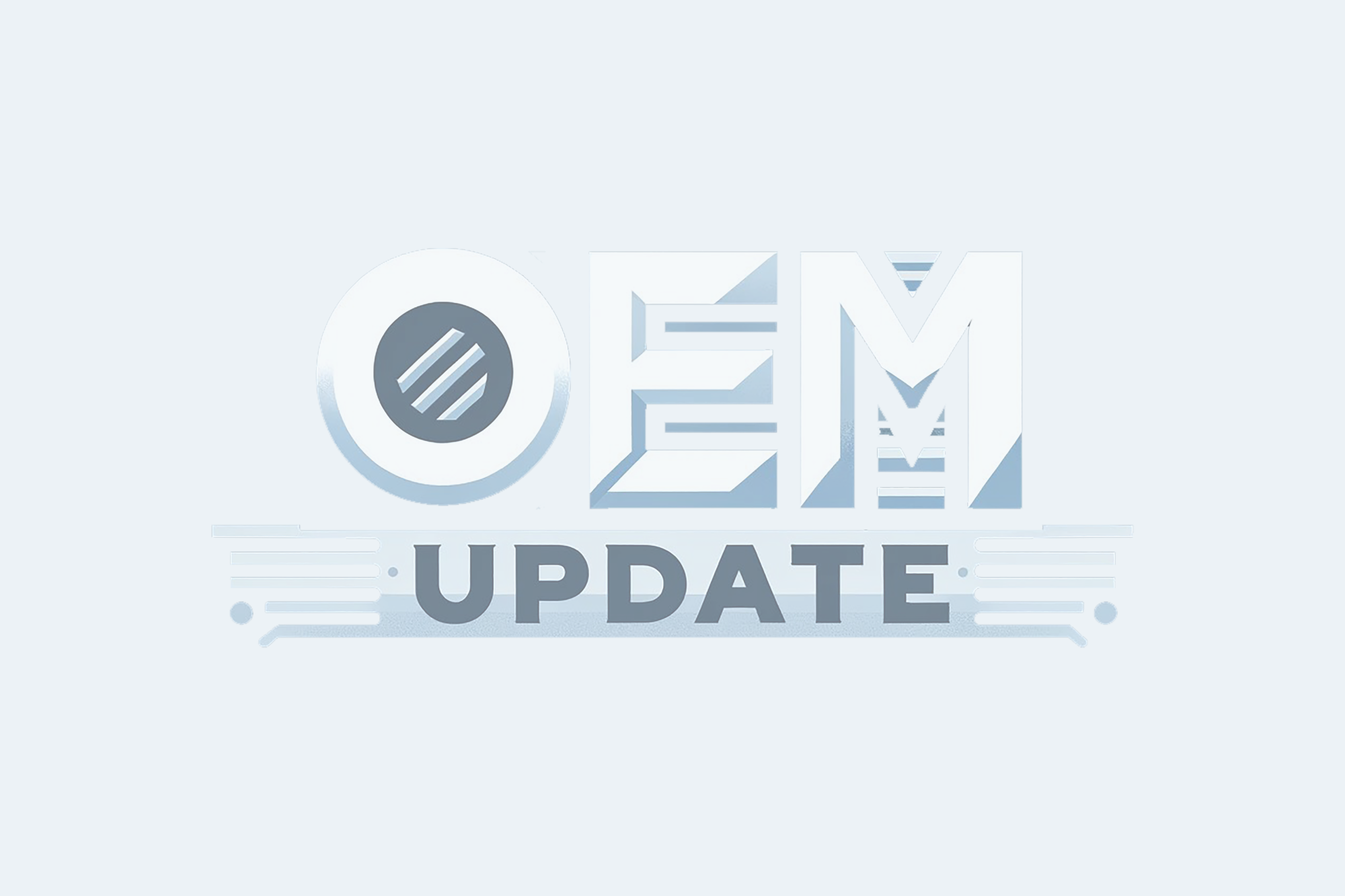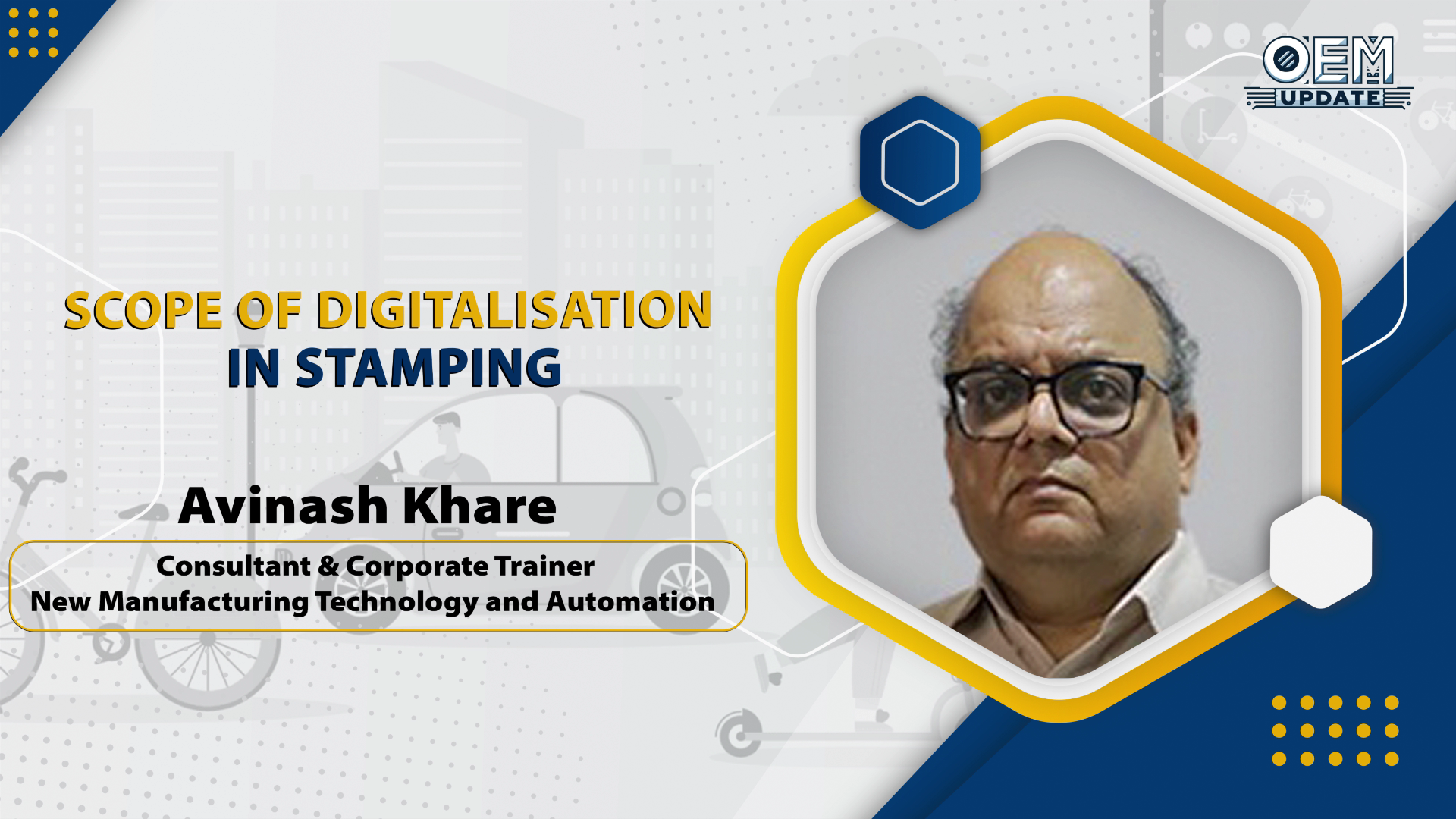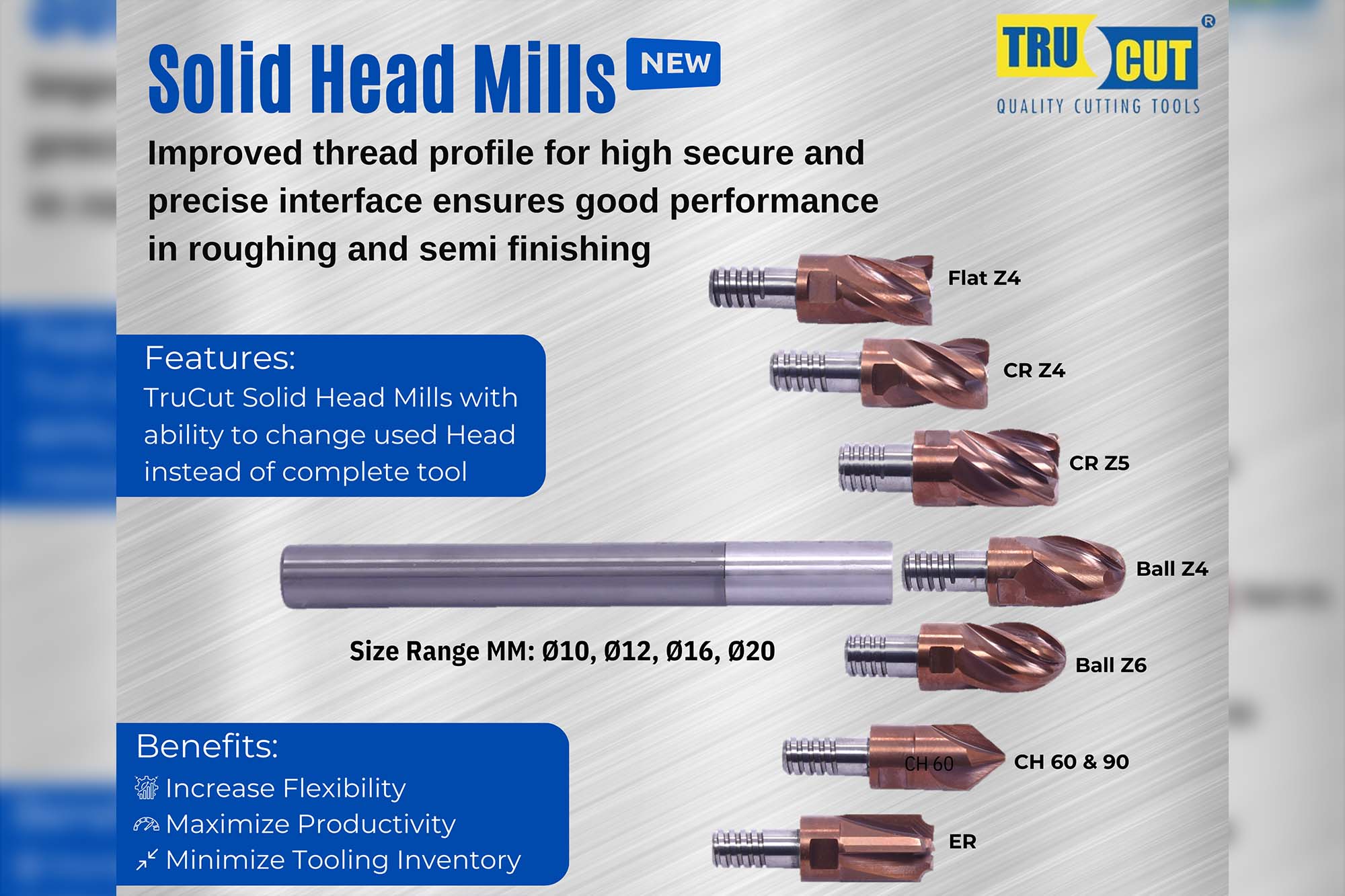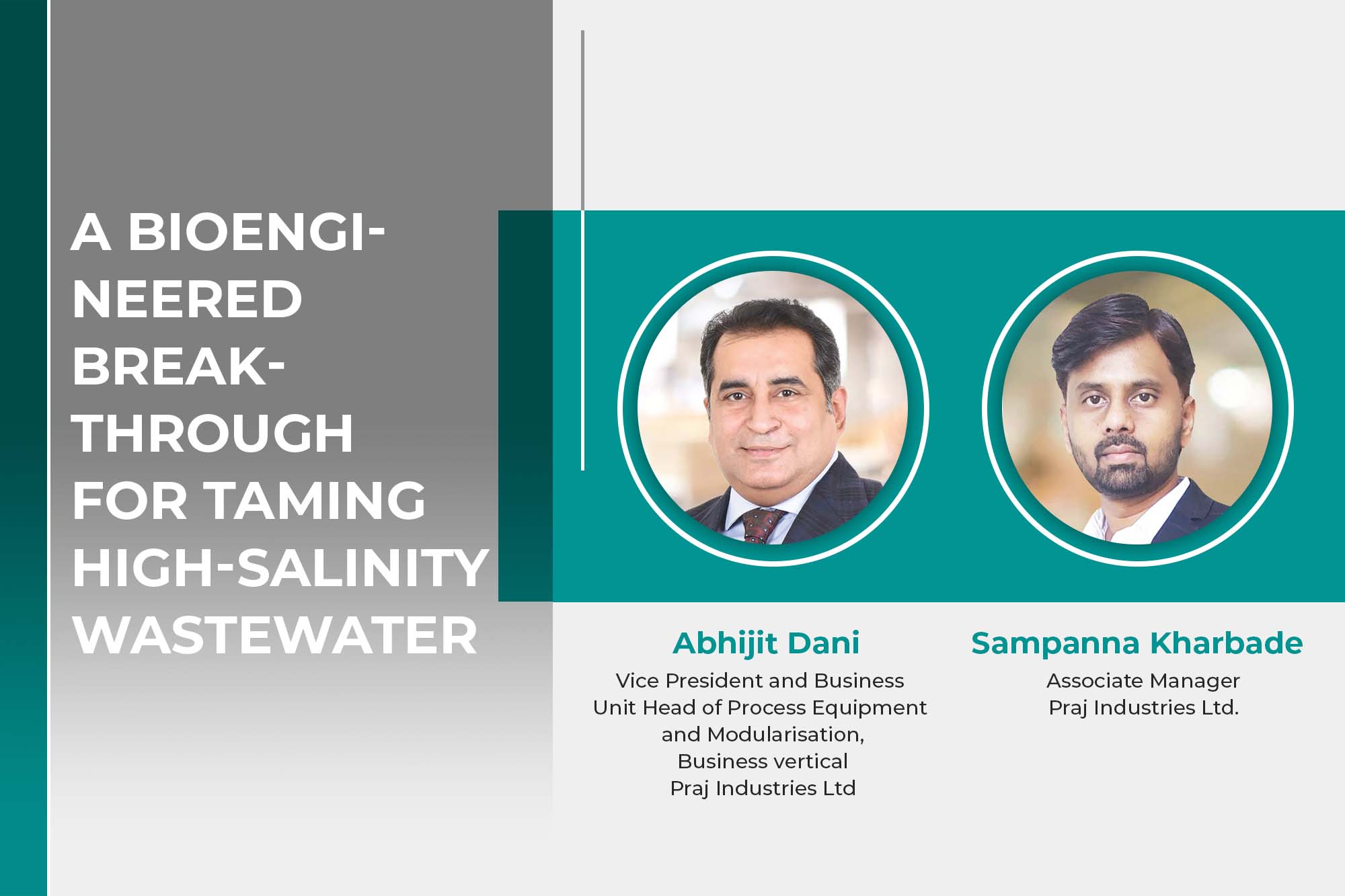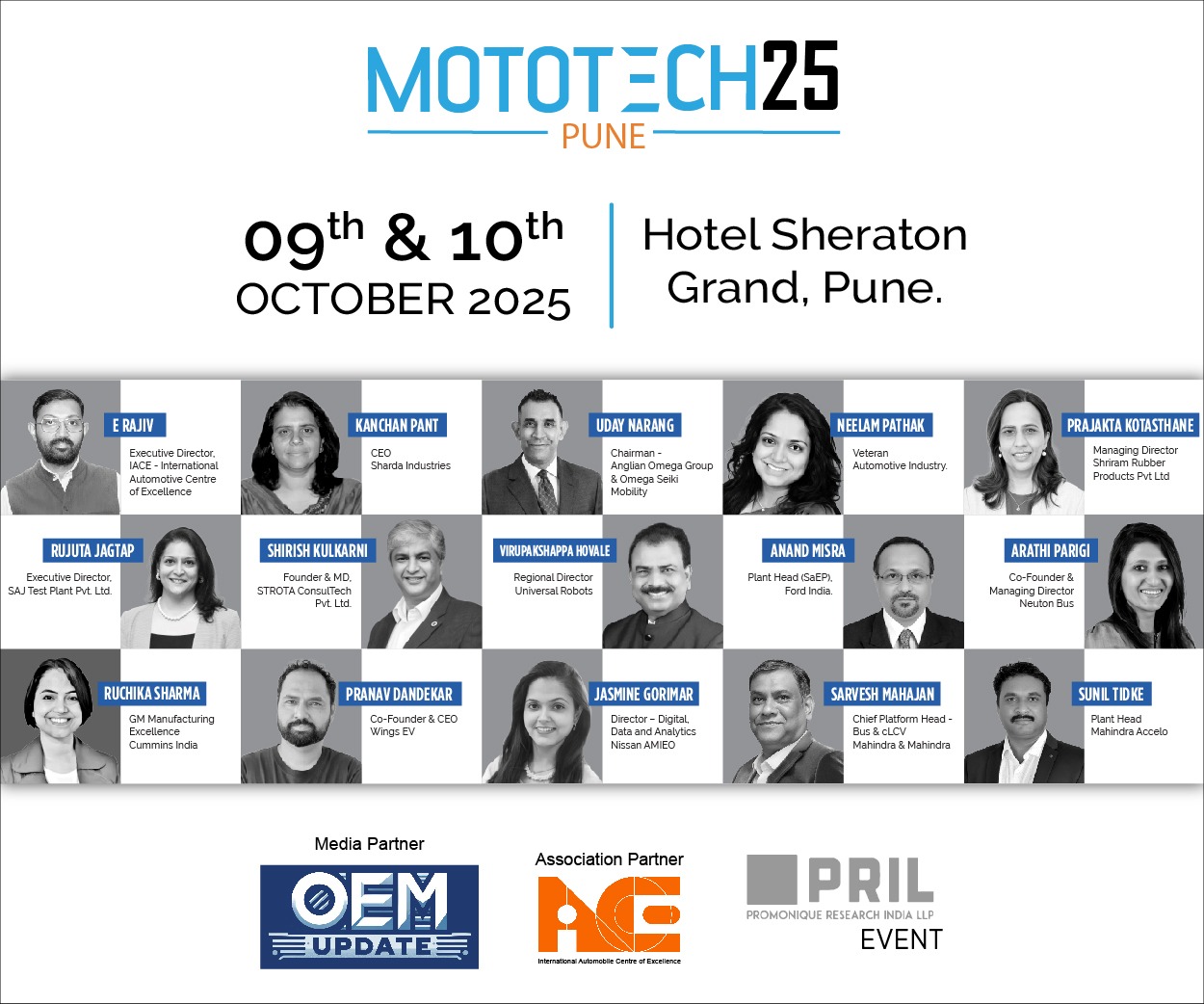Eplan Platform 2.3: Preplanning built in
By admin December 4, 2013 8:23 am IST
Preplanning and detail engineering are project phases which belong together. But they are traditionally processed using different systems. Now Eplan is integrating them. Preplanning is anchored into the system with the new Eplan Platform 2.3. Innovative functions increase project quality and data consistency, and at the same time reduce configuration costs.
Preplanning is a decisive phase in the engineering process. It involves developing concepts for technical machinery/plant design and estimating initial volumes of project data. The new Eplan Platform 2.3 breaks new ground in this “key phase” for innovative designs. Whether it is graphical overviews, placeholders for functions, initial project data for drives, sensors and PLC inputs/outputs, or parts lists for calculations – comprehensive preplanning tasks can be processed directly in the Eplan Platform. The subsequent enclosure production and detailed design of the system is based on this comprehensive data – without new data entry or transfer from other systems. Users can benefit from very easy entry into this new planning method based on the Eplan Platform. This additional integration allows you to increase data consistency and project quality. At the same time, it reduces the cost of the project development process.
BackgroundThe engineering process for a machine/plant involves individual phases in which the initial rough drafts and ideas for the design are gradually refined and made more specific until all the documents and information required for production and construction of the machine are in place. Preplanning and basic engineering are very early project phases in which concepts for technical machinery/plant design are developed and initial volumes of project data estimated. The aim is to determine the most technically apt design and define the guidelines for subsequent detailed planning (detail engineering). To date, the tasks of preplanning have often been processed in separate systems such as graphic tools, text processing systems for specifications or tables and databases, with only very basic or no interfaces to the configuration tool. This lack of data consistency and, often, a lack of support from engineering functionalities in these systems added up to considerably more work and poor quality at the configuration phase.
Cookie Consent
We use cookies to personalize your experience. By continuing to visit this website you agree to our Terms & Conditions, Privacy Policy and Cookie Policy.



